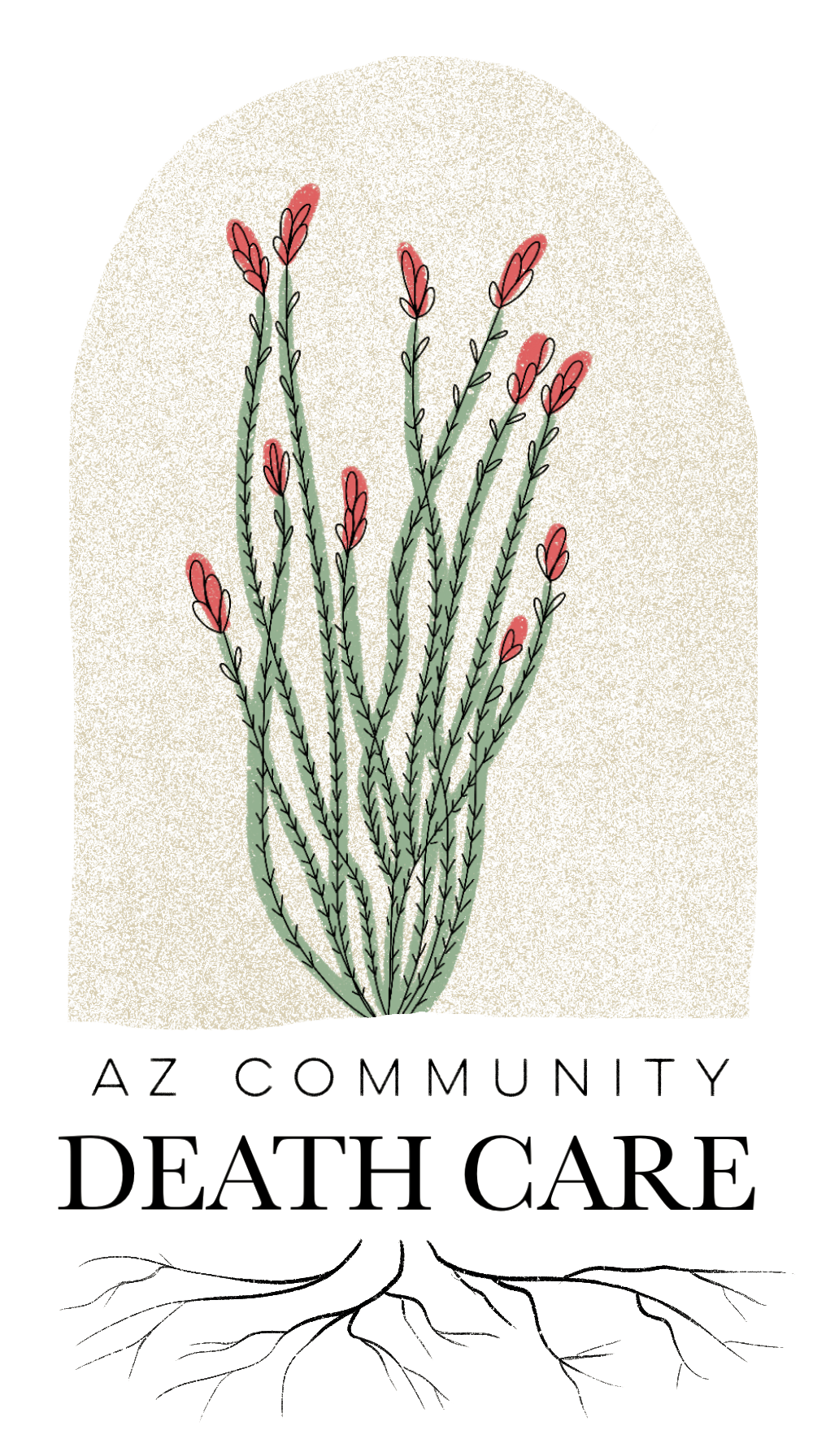Health & Safety
“For life and death are one,
even as the river and the sea are one.”
Are dead bodies dangerous?
Touching and caring for a deceased loved one is safe. So, are dead bodies dangerous? The answer is, almost always, NO. Watch this slightly tongue-in-cheek YouTube.com video answering the question, “Are Dead Bodies Dangerous?” by Caitlin Doughty, of “Ask a Mortician.” Dead bodies and disease: the danger that doesn't exist from the Funeral Consumer Alliance about the myth of contagion from dead bodies.
Public Health & Safety
From The Science Behind Green Burial by Lee Webster et al, Green Burial Council Resources
Here’s what some experts say about the risk of infection from dead bodies:
“…concern that dead bodies are infectious can be considered a 'natural' reaction by persons wanting to protect themselves from disease" although "the risk that bodies (that died in a natural disaster) pose for the public is extremely small." --Pan American Health Organization
“Transmission of infection requires the presence of an infectious agent, exposure to that agent, and a susceptible host... The human body is host to many organisms, only some of which are pathogenic. When the body dies, the environment in which pathogens live can no longer sustain them. Microorganisms involved in the decay process (putrefaction) are not pathogenic...” --Pan American Health Organization
“… transmission of infectious agents from a cadaver to a living person may occur. Infectious hazards for individuals who routinely handle cadavers include tuberculosis, group A streptococcal infection, gastroenteritis, transmissible spongiform encephalopathies (such as Creutzfeldt-Jakob disease), hepatitis B, hepatitis C, HIV infection, and possibly meningitis and septicemia (especially meningococcal).” --Pan American Health Organization
“Historically, epidemics resulting in mass casualties have only occurred from a few diseases, including plague, cholera, typhoid, tuberculosis, anthrax, and smallpox…such infections are no more likely to be present in disaster victims than in the general population. Furthermore, although some of these diseases are highly contagious, their causative agents are unable to survive long in the human body following death... It is therefore unlikely that such epidemics will result from contact with a cadaver. Indeed, survivors present a much more important reservoir for disease…” --World Health Organization
“Dead or decayed human bodies do not generally create a serious health hazard, unless they are polluting sources of drinking water with fecal matter, or are infected with plague or typhus, in which case they may be infested with the fleas or lice that spread these diseases. In most smaller or less acute emergency situations therefore, families may carry out all the necessary activities following a death...” --World Health Organization, regarding mass burials in emergencies
“…the mere presence of a dead body without regard to its embalmed status and one that is not leaking blood from an open wound or perforation, does not pose an increased [health] risk of infectious disease transmission for the person who might handle that body or review it in a private setting. Once a human dies, infectious agents that would be of any concern, including those on the individual’s skin or internal organs, is greatly diminished…there simply is no measurable risk of that body transmitting an infectious disease agent…” —Dr. Michael Osterholm, Center for Infectious Disease Research
TRANSMITTING DISEASE
All dead bodies do not inherently harbor diseases or are capable transmitting to the living. There are several reasons why this myth persists, some instilled in us intentionally by the early marketing machine of the funeral industry and some the result of living during an age where death and its attendant processes have been hidden from us. Old beliefs that feed our unfounded fears include miasma theory, the precursor to germ theory, that supported the notion that foul air, dark and wet, spread diseases, so dead bodies must be adding to the waft of bad air; the erroneous belief that all bodies are imbued with infectious properties as soon as they cease to breathe; and the confusion between live infectious organisms and their conduits as opposed to normal decomposition processes.
Yes, some diseases may be relayed from a deceased corpse, but they are extremely few and exotic, such as Ebola, and are not candidates for home funerals at any rate. Loved ones who suffered from infections such as MRSA at the end of life are not automatically a threat to caregiver's health just because they have stopped breathing. Universal precautions such as masks and gloves that may have been used in life may be used after death if desired.


